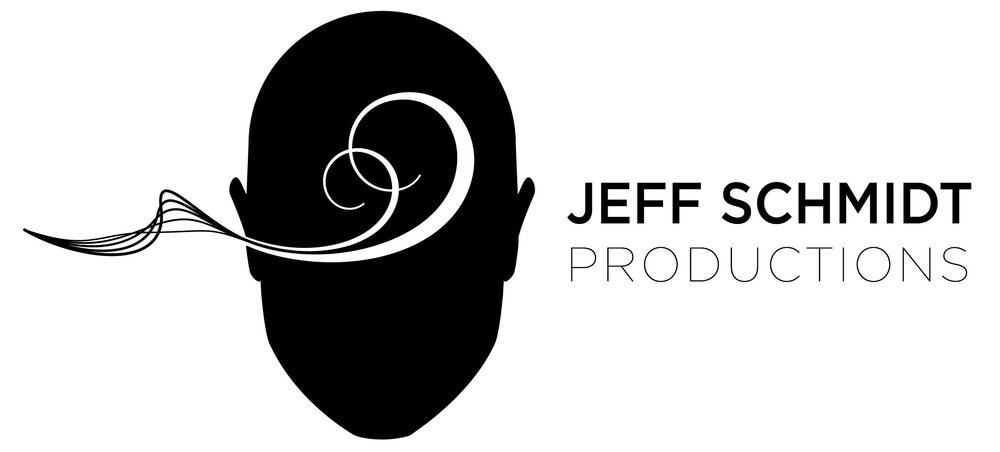In the previous article, I shared how I borrowed some camera techniques of cinematography to craft the sound of the Aftershock audio drama; in that case, I discussed the concept of ZOOM. Those instances came from being inspired by the performances of those scenes and the way they were written.
Catch up on it here if you haven't read it yet.
This time I'll talk about how I borrowed the "Over The Shoulder" shot for Aftershock starting in Episode 3. Listen to the full episode 3 here:
The “Over The Shoulder” (OTS) shot is very familiar, typically used in exchanges between characters where there is a camera behind the shoulder of each character looking at the other. The director CUTS between character perspectives to enhance the story-telling. Most of the time OTS shots are ith other shots - but for my purpose, I simply wanted to see if the OTS camera technique could be employed in an Audio Drama.
Holy Over the Shoulder Shot, Batman!
Oh hey look - the camera is over YOUR shoulder now!
The idea was inspired by the script. It was January 2020 - I was in a plane flying from San Francisco to Burbank to join Sarah Callies, David Harbour, and Mark Ramsey for an Aftershock recording session. I had just gotten the scripts for Episodes 3-6 and was reading through them on the plane.
In Episode 3 there's an exchange between Wayne and Dover. Instead of them being in the same room - Wayne was handcuffed and behind glass. I could instantly SEE in my mind what this would look like on TV or Film. The camera would likely employ a lot of OTS shots - bouncing between sides of the glass. Sometimes it would be on Dover's side looking at Wayne, other times it would be on Wayne’s side looking at Dover.
I knew I could make the audio sound like that but I wasn't sure it would play without the visual support. Would listeners "get it"? When I got to the studio I told Mark & Sarah my idea and they were all for it. It was just up to me to figure out the HOW.
Here's the very first instance of this OTS technique from Episode 3
Two main things make this work.
First - the ROOM TONE for each room has a different sound. While they exist on the same vessel and need to be similar, they need to be noticeably different.
I knew ROOM TONE wouldn't be a significant enough change for most listeners to track that we were switching perspectives. So I employed a SPEAKER effect for the character on the OTHER side of the glass.
By shifting room tones back and forth for each character and hearing the other feeling come through a bit of speaker - I knew I had sufficient sonic language to play with this dramatically.
Here's the following example from a bit later in Ep 3 between Dover and Cassie.
Once this sonic language was established it was used for nearly all the interrogation scenes for the rest of the series.
That left the larger question about WHEN to cut from one room to the other. In other words - this idea had to go from being a clever sound design technique to an intentional story-telling device.
My general rule for the first pass was to always start these scenes by being IN the room with the DOMINANT character in the exchange. The subordinate character would start on the little speaker in the OTHER room. This reinforced the power-dynamic in the interactions.
Most of the time that meant we started with Dover as he is leading the interrogation. It could SHIFT over the course of the convo - (like in E1 example where Wayne tries to assert his dominance) In all cases I would then use my gut to decide when to bounce back and forth as the drama dictated.
The producer team of Sarah Wayne Callies, Ben Haber, Mark Ramsey & Patrick Carmen and I would discuss the WHEN and WHY to cut between perspectives. In the end, I kept to my approach for the first pass and then made adjustments about when to switch rooms based on ideas from the team. In later episodes, Sarah felt the technique was so well established that we could use the SPEAKER effect minimally for a few words and just bounce to the other room whenever that character was speaking without the speaker effect - using only ROOM TONE.
So there it is - the Over The Shoulder shot rendered in Audio Fiction! Did it work for you? Were you able to track it in your mind’s eye or were you wondering …. what is happening? Lemme know.
I'll take more dives into the inspirations for the audio design of Aftershock in the coming weeks!


